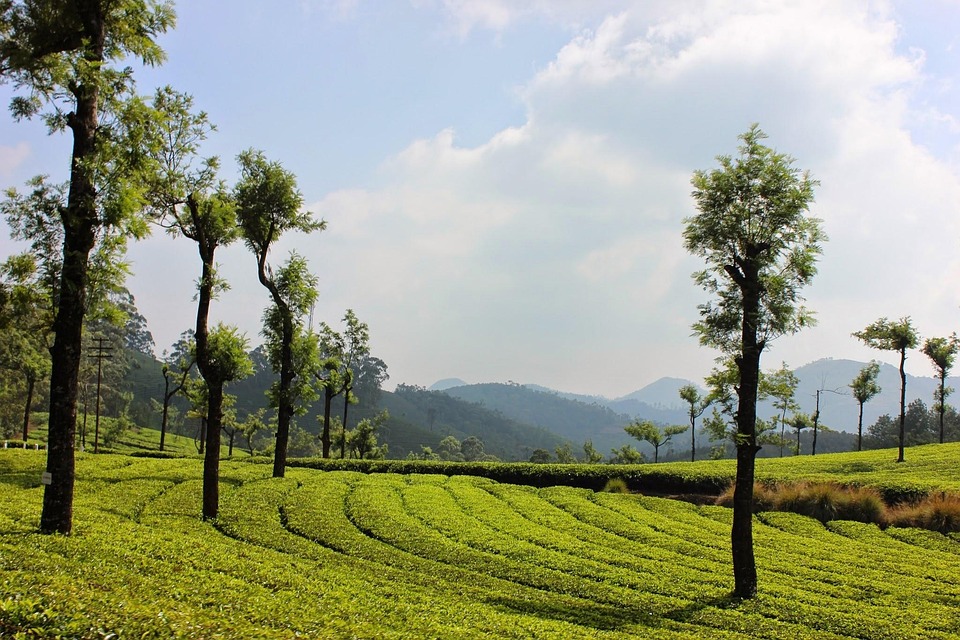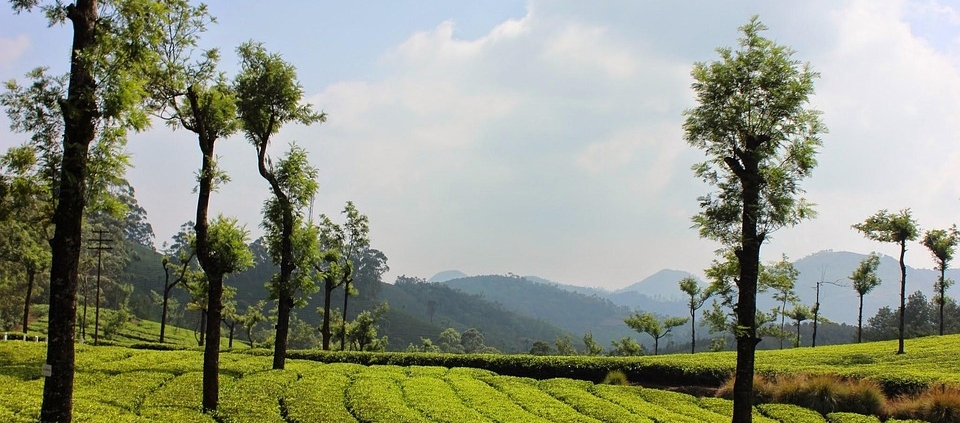Your Essential Guide to the Best Time to Visit India
India is a land of contrasts, offering an array of experiences that can only be described as vast, diverse, and enriching. Whether you’re a seasoned traveler or a first-time visitor, India promises to captivate you with its vibrant cultures, historic landmarks, and natural beauty. But for such a diverse and large country, knowing where to go, what to do, and when to visit is key to a successful journey.
In this India Travel Guide, we will provide you with insights that will help you navigate India’s complex yet fascinating terrain, giving you the best tips for everything from planning your trip to experiencing local traditions and savoring regional cuisines. Get ready for an unforgettable adventure!
Understanding India’s Diversity
One of the most important things to understand about India is its sheer diversity. From the Himalayan peaks in the north to the sun-kissed beaches of the south, the experience you will have in each region is unique. India’s vastness means that each state has its own culture, language, cuisine, and climate. This variety makes India both a challenge and a treasure trove for travelers.
The north of India is known for its majestic mountains, iconic landmarks such as the Taj Mahal, and cities like Delhi and Jaipur that are rich in culture and history. In the south, you’ll discover palm-lined beaches, bustling markets, and ancient temples. The western part of India is home to the state of Rajasthan, famous for its forts, palaces, and desert landscapes. Meanwhile, the east offers tranquil landscapes and the majestic Sundarbans mangrove forest.
Best Time to Visit India
India’s climate varies dramatically depending on the region and season. So, understanding when to visit is crucial to making the most of your trip. In general, the best time to visit India is between October and March when the weather is most favorable across the country.
The northern regions, including Delhi, Rajasthan, and Agra, experience pleasant temperatures during the winter months. Temperatures can drop to 5°C (41°F) in places like Delhi and Jaipur, making it perfect for sightseeing. In the southern states of Kerala and Tamil Nadu, the weather remains relatively mild but comfortable during the winter.
For those interested in the vibrant festival season, India’s many festivals, such as Diwali (October/November) and Holi (March), are best experienced in the winter months when the country is bursting with color and life. The festive atmosphere is one of the highlights of visiting India.
Avoid visiting during the peak summer months (April to June), especially if you’re planning to visit the northern parts of India, where temperatures can rise above 40°C (104°F). The monsoon season (July to September) is also best avoided as heavy rainfall can disrupt travel plans and make outdoor activities uncomfortable.
Must-See Destinations
India’s wealth of attractions can be overwhelming, but certain destinations are simply a must on any traveler’s itinerary. This India Travel Guide will help you prioritize the spots you can’t miss.
- Delhi: India’s capital city is a melting pot of history, politics, and culture. From the grandeur of the Red Fort to the bustling streets of Chandni Chowk, Delhi offers an exciting contrast of old and new. Don’t miss visiting India Gate and the Qutub Minar.
- Taj Mahal, Agra: This world-renowned monument is one of the Seven Wonders of the World and an essential stop in any Indian journey. The Taj Mahal is a symbol of eternal love, with its stunning white marble structure set against lush gardens and a reflective pool.
- Jaipur: Known as the “Pink City,” Jaipur is famous for its magnificent forts and palaces, including the Amber Fort, City Palace, and Hawa Mahal. It’s also a gateway to the deserts of Rajasthan and a hub for traditional handicrafts and textiles.
- Varanasi: For a truly spiritual experience, a visit to Varanasi is unparalleled. As one of the oldest cities in the world, it is revered by Hindus for its sacred ghats and the ghanga aarti ceremony at the banks of the Ganges River.
- Kerala: If you’re looking to relax, Kerala is the place to be. Its backwaters, tea plantations, and serene beaches are perfect for unwinding. The houseboat cruise in Alleppey is one of the most iconic experiences in India.
- Goa: Known for its beaches and vibrant nightlife, Goa is ideal for both relaxation and fun. Enjoy sunbathing on pristine beaches, exploring Portuguese-influenced architecture, and tasting seafood delicacies.
- Rajasthan’s Desert Region: Take a camel ride through the Thar Desert, or explore the grand palaces and forts of Jodhpur, Udaipur, and Jaisalmer for a taste of India’s royal past.
- Himalayan Hill Stations: For those who enjoy mountain landscapes, the hill stations in Himachal Pradesh, Uttarakhand, and Kashmir offer tranquility and adventure. Shimla, Manali, and Dharamshala are perfect for treks, monasteries, and exploring the stunning natural surroundings.
Cultural Etiquette and Local Tips
One of the most exciting aspects of traveling to India is immersing yourself in its rich cultural traditions. However, India’s cultural norms can be very different from what you’re used to, so it’s important to be respectful and aware.
- Dress Modestly: Especially when visiting religious sites, it is essential to dress conservatively. Women should wear long skirts or pants and cover their shoulders, while men should avoid wearing shorts at temples and mosques.
- Respect Local Customs: Always remove your shoes before entering temples, mosques, and some homes. It is also customary to greet people with a “Namaste” and join your palms together in a prayer-like gesture.
- Tipping: Tipping is customary in India. While it’s not obligatory, it’s a gesture of appreciation for good service. In restaurants, a tip of around 10% is common.
- Language: English is widely spoken in cities and tourist areas, but learning a few words of Hindi or the local language can go a long way in building rapport with locals.
Culinary Journey Through India
No trip to India is complete without sampling its incredible cuisine. Every region has its own unique dishes, and food plays a major role in Indian culture.
From the spicy curries of the north to the coconut-infused dishes of the south, India’s food scene is as diverse as its culture. Don’t miss out on street food, such as the tangy golgappas (pani puri) in Delhi or the mouthwatering dosa and idli in Chennai.

Conclusion
India is a land that will amaze you, challenge you, and leave you with memories that will last a lifetime. The best time to visit India, the essential destinations, and understanding its cultural nuances are all part of what makes the country unique. Armed with this India Travel Guide, you’re ready to embark on an adventure like no other. Whether you’re in search of spirituality, history, nature, or cuisine, India has it all, waiting for you to explore.



Leave a Reply
Want to join the discussion?Feel free to contribute!